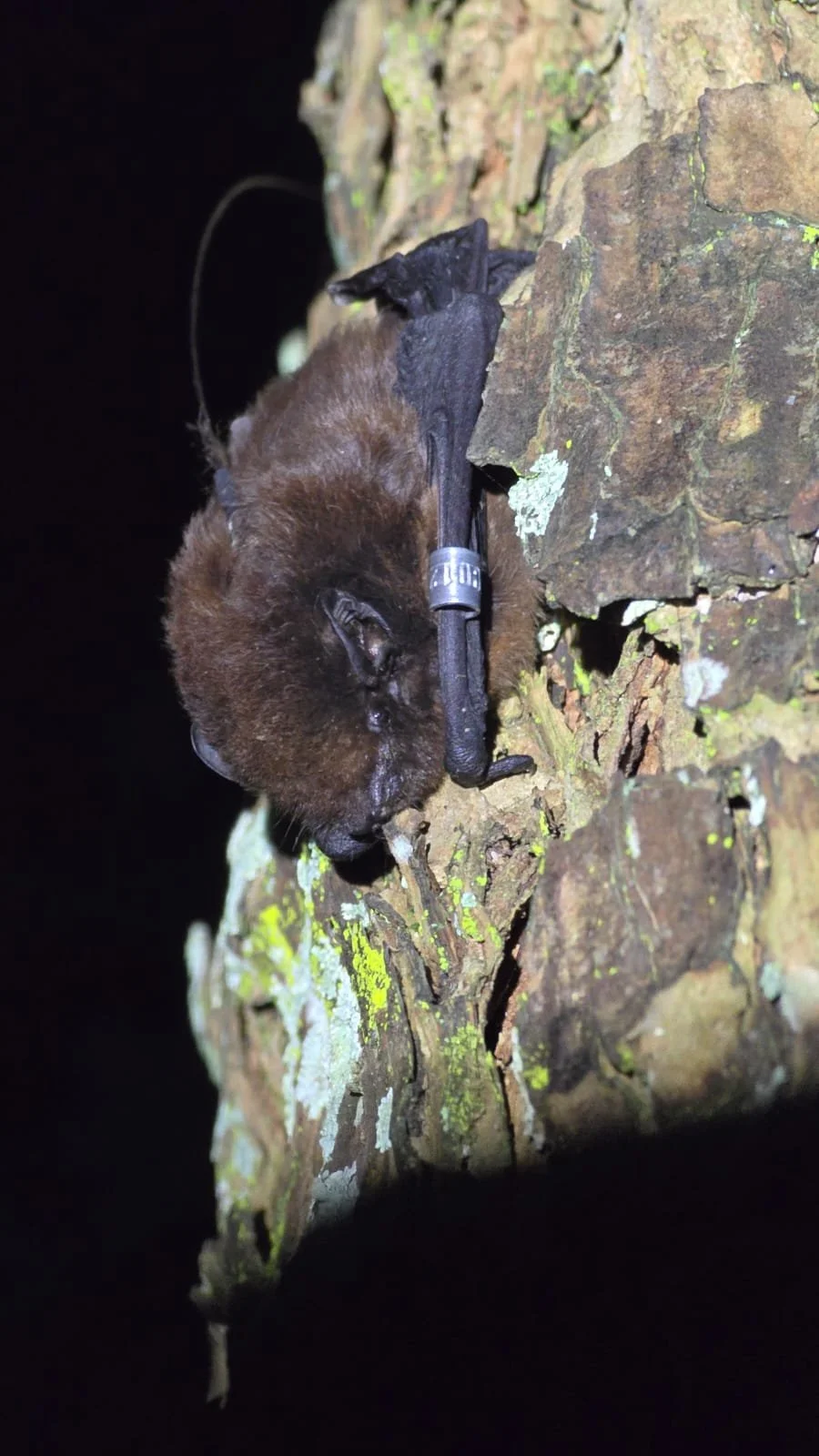Tāmaki Pekapeka
In Tāmaki Makaurau, long-tailed bats still flit through the night skies, but face serious challenges from predators and habitat loss. Here you’ll find information about pekapeka and why they matter
New Zealand hosts two indigenous bat species, Chalinolobus tuberculatus (long-tailed bat) and Mystacina tuberculata (lesser short-tailed bat), representing the only native terrestrial mammals in the region.These nocturnal creatures play a vital role in maintaining ecological balance by controlling insect populations and aiding in pollination.
The long-tailed bat (Chalinolobus tuberculatus) is one of New Zealand’s two endemic bat species and the country’s only native terrestrial mammal. Classified as Nationally Critical, it faces significant conservation challenges due to habitat degradation, fragmentation, and predation by introduced species such as rats, stoats, and cats. This species occupies mature native forests, roosting primarily in tree cavities, dead trees, and tree ferns, often changing roost sites nightly to evade predation.
Weighing between 8 and 11 grams with a wingspan of approximately 25 cm, the long-tailed bat is an aerial insectivore that forages on moths, midges, beetles, and other flying insects using echolocation calls centered around 28 kHz. The species exhibits low fecundity, producing a single offspring annually during the Austral summer.
Conservation efforts in New Zealand, including Auckland, emphasize predator control, legal protection of habitats, and rigorous population monitoring through acoustic surveys. These initiatives are vital for maintaining and restoring the bat’s populations within urban and rural landscapes, reflecting the species’ crucial ecological role in insect population regulation and forest health.
Read more about long tailed bats here: Department of Conservation, Science NZ Learners Hub, AKL Council Website

Fact Sheet
Pekapeka-Tou-Roa | Long-Tailed Bat (Chalinolobus tuberculatus)
Taxonomy
Family Vespertilionidae; endemic to
New Zealand
Conservation Status
Nationally Critical
(NZ Threat Classification)
Distribution
Patchy across North and South Islands, including Auckland
Threats
Habitat loss, predation by introduced mammals, human disturbance
Habitat
Mature native forests; roosts in tree cavities and dead trees
Conservation
Predator control, habitat protection, population monitoring
Diet
Aerial insectivore
(moths, beetles, midges)
Reproduction
Single pup per year; births in December


